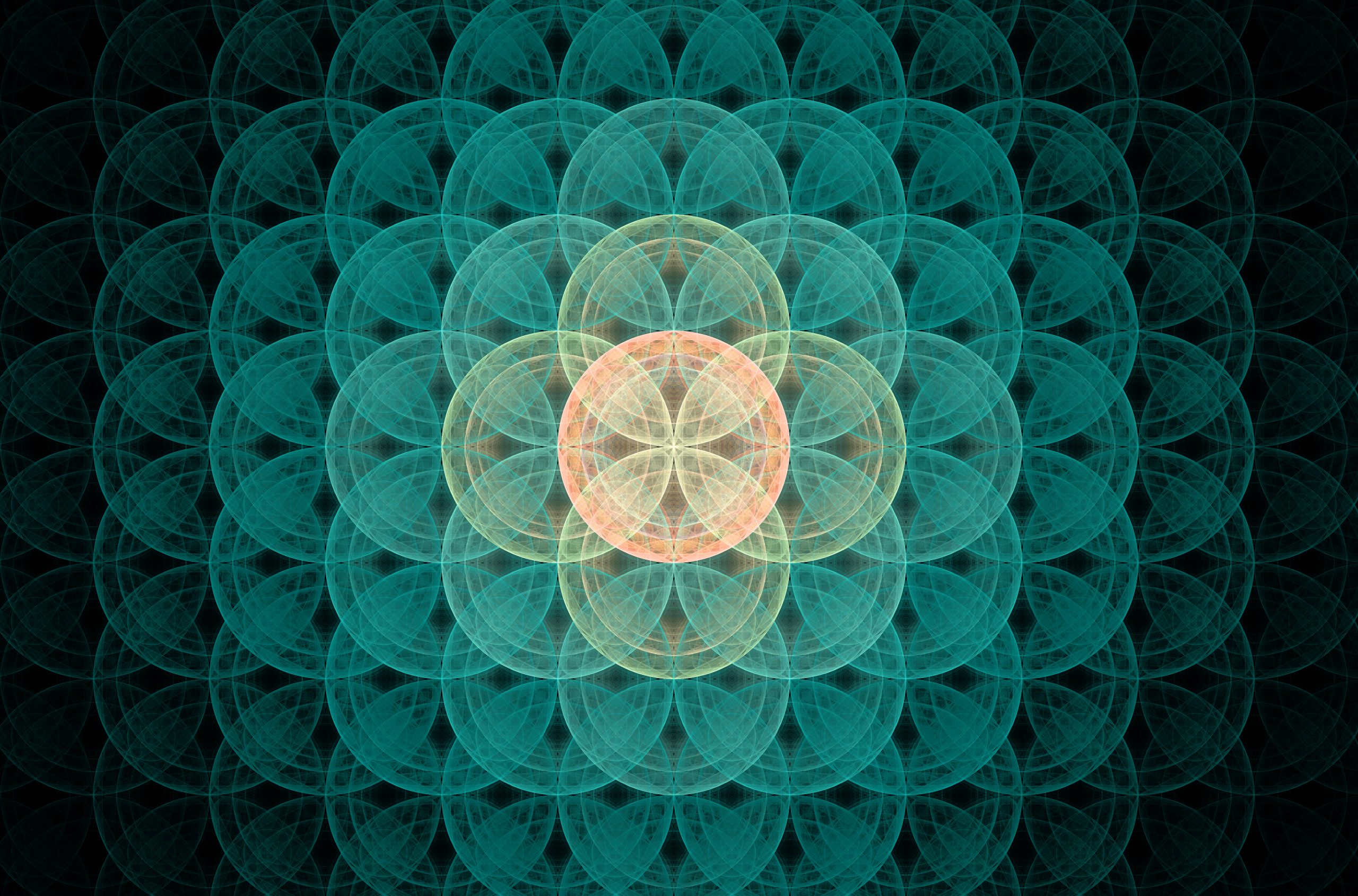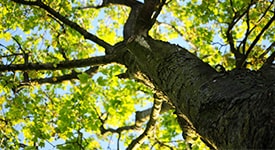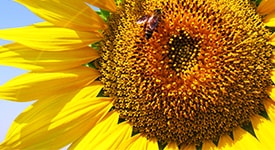
All of nature’s creations share a common, universal pattern. What is this pattern? A delightful center-oriented design rooted in domineering centers.
This is in fact a very natural result. Centers are at the heart of the universe’s great creative process–they drive the order we see streaming throughout the universe.
It’s no coincidence that nature’s primary patterns are comprised of spheres, concentric circles, spirals, radials, branching systems, clusters, and just a few others—they all arise from the same creative process which is rooted in, and perpetuated by powerful centers.
To help you quickly assimilate details of nature’s primary patterns of creation, check out this VDO to learn more
HOW TO SPOT CENTER-ORIENTED FORMS
How to recognize center-oriented patterns (otherwise known as Centerpatterns)? Immerse yourself in nature and use these pointers to discover this essential pattern! I recommend sketching what you are seeing to fully engage in the activity.
1. Look at the overall shape of an object or organism and contemplate its overall structure for a moment.
2. Note any inward pointing or curving lines.
3. Find where the lines converge upon and connect with. It will normally be a single and central object!
3. Take notes. Is it one of the primary patterns listed below? If not, is it a hybrid pattern?
4. Think about and list out other examples where you have seen this pattern in nature, life, or the cosmos.
You can glean additional insights to the subtleties of Centerpatterns in the discussion at the bottom of this page.
Jin’s book Centerpath Encyclopedia is also a great place to learn more Centerpatterns in matter, nature, biology, the cosmos, institutions, rituals, and the passage of time to name a few!
THE PRIMARY VARIETIES
BRANCHING SYSTEMS Notice how the bronchi in our lungs stretch out just like tree branches? We see the same structure in broccoli, rivers, roads converging at a city center, sports competition charts, and lightning to name a few others.

SPIRALS Spirals are ubiquitous in nature – we see them in sunflowers, shells, galaxies, a ram’s horn, crashing waves, and the ear’s cochlea. The pattern of spirals also extends to emotions, rates of growth and decay, and chaotic systems.

CIRCLES AND SPHERES Circles and spheres hold great significance in mythology and philosophy due to their flawless and perfect symmetric forms. Circles and spheres form stars, planets, dinner plates, balls, and wheels.

CONCENTRIC CIRCLES The first Centerpattern’s we recognized as children were concentric circles spreading from rocks thrown into ponds and when counting rings of a tree’s cross-section. We can see concentric circles in the growth pattern of teeth, the slices of an onion, Mandalas, auditorium seating arrangements, and the rings of Saturn.

RADIALS Like spokes of a bicycle wheel to their hub, radials highlight the connectivity of a creation’s parts to their center. For instance, most of the 300,000 species of plants in existence have some degree of radial configuration. Other radial designs include roulette wheels, dartboards, the flow of goods from distribution hubs, spider webs, flowers, and starfish.

SECTIONS OF A CONICAL Ellipses, parabolas, and hyperbolas form precise center-oriented patterns about core foci. These conical sections link the theoretical and physical worlds with incredible mathematical precision describing planetary orbits, the shape of satellite dishes, and the path of a ball thrown overhead.

CLUSTERS Clusters are the catchall for Centerpatterns that don’t neatly fit into other Centerpattern classifications. In essence, clusters only require the general agglomeration of parts about a common center. We see them in beautiful star clusters, in how we gather around a street performer, in swarms of insects around sources of food or light, in the population densities near city centers, and how antibodies attack invading viruses and bacteria.

SINGLE THEME, INFINITE VARIETY – CENTERPATTERNS EVERYWHERE!
Jin explores just how much Centerpatterns can vary from one another yet, at the same time, share the same underlying pattern. The following is excerpted from Jin’s Centerpath Paper entitled ‘Centerpatterns’.
Centerpatterns come in practically any size, shape, texture, form, and function. Their shape underlies things the size of atoms and universes. Their parts can be as directly connected as the spokes of a wheel to its hub, or as loosely connected as nations of people about shared feelings of national pride. Their form can be as tightly bound as the crystals of a snowflake, or as loosely formed as ants circling an ant hill. Their boundaries can be as sharply defined as a property line or as loosely defined as the extended volume of air converging on your lungs.
But even for all their wild variability, nature (and indeed man) have a few favorites as listed out above. They form the relentless inward curves of a spiral’s arms, the soothing symmetry of concentric circles, the spoke-like bursts of radiating radials, the majestically converging lines of arterial branching systems, and the magic swirls of vortices and whirlwinds.
The common quality of center-oriented forms is just that –they all share an overall inward flowing shape –a naturally result occurring of the center-oriented dynamics generated by the universe’s great creative force.
Such alignment is incredibly adaptable extending far beyond the idealized center-oriented patterns of circles and spheres and deeply into larger and less-definable organizations. A good example comes from amphitheaters whose stages, while not located at the amphitheater’s geometric center; are nevertheless the center because it’s where all chairs and eyes are pointing to and aligned (i.e. “on center stage”). It’s the same with geographic considerations such as the layout of a nation. In the United States for instance, the capital (Washington DC) is located on the east coast but it is nevertheless the nation’s center because that’s where all laws, power, and authority converge.
But to fully appreciate the unifying power of centers and their flexibility –and how deeply the concept of alignment can extend, consider just how mobile centers are in team sports such as football, soccer, rugby, basketball, ice hockey, volleyball, and more. For even while the playing ball (it’s center) never remains in one spot, the ‘shape’ of the game always remains constant as the teams continually reorganize themselves about the ball at its center.
The concept of alignment also aids our understanding of difficult concepts such as purposes and meanings. For once we consider where groupings of thoughts, words, and actions are pointing toward and headed, we see they organize about central meanings and objectives; defining a group of activities (about a purpose or meaning) as center-oriented in shape.
USE CENTERPATTERNS TO LEARN OF NATURE’S WISDOM AND WAY (THIS IS WHAT STAGE 3 OF NATUREPATH IS ABOUT)
Learn how life and nature work through recognizing her prime patterns. Studying her patterns teaches us of how order arises. Indeed, all such forms her forms are center-oriented in shape for good reason—it was a powerful center that created and perpetuated them (click here to read more on nature’s creative process).
Studying her prime patterns also teaches us a lot about beauty, balance, holism, and symmetry since these qualities are part and parcel to center-oriented patterns (check this webpage to learn more).
Also check this VDO to learn more about how to apply the wisdom of Centerpatterns to your life!
A LANGAUGE OF PATTERN (THIS IS STAGE 4 OF NATUREPATH)
The fact nature has a regular and recurrent pattern, brings with it a very significant result. As with human language, which is a series of symbols and pattern to be sure, nature’s patterns also establish a language which we can use to communicate with her.
This is profound. This affords us a means to engage and communicate with nature. To build a dialogue, and relationship, and deeper connection with her–a big step towards better understanding the world and thereby raising one’s spiritual quotient.
Check out Jin’s course Naturepath – Building a Deeper Spirituality Through Nature to learn nature’s language of pattern.
